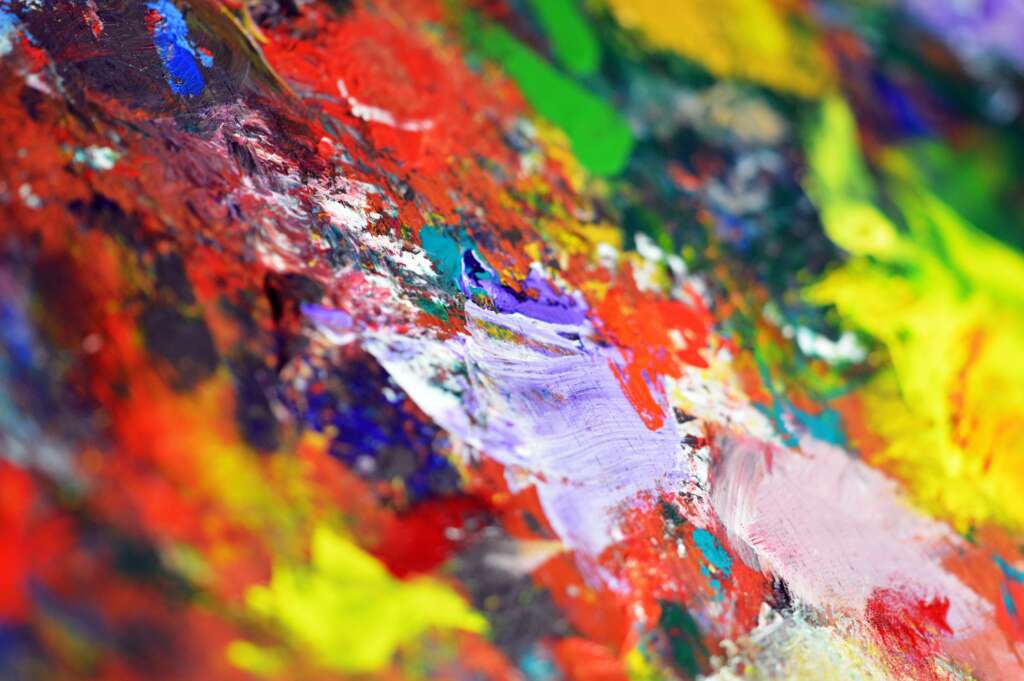Color is light and as such it enters through our eyes. It is visible because it reflects, bends, and refracts through all kinds of particles, molecules and objects.
Color is also energy penetrating our skin and causing chemical reactions within our body which can in turn influence emotions. This explains why we label colors with terms denoting affect such as “sad “colors, “happy” colors, or “calming” colors.
Similarly, reports about the effects of color on brain disorders and emotional trouble abound. For example, blue and green can have a calming effect resulting in lowered blood pressure, whereas the color red might have the opposite effect. By contrast yellow could be used to help invigorate people suffering from depression.
It is thus not surprising to learn that color has been used for healing diseased body and mind. Particularly interesting is the popularity of chromotherapy in ancient societies as a method of treatment that uses colors to cure diseases.
CHROMOTHERAPY
Chromotherapy is based on the premise that the body is fundamentally composed of colors. According to this view, our organs, cells and even atoms exist as energy with their own frequency and vibration. When parts of the body deviate from their expected normal vibrations, it is assumed that it is either diseased or malfunctioning. Thus, restoring the appropriate energy levels of the physical organs leads to healing.
Chromotherapy refers to the visible color spectrum, which is only a narrow band on the cosmic electromagnetic spectrum. It is composed of reds, greens, blues, and their combined derivatives. When combined with a light source and selectively applied to an impaired organ or life system, it provides the necessary healing energy required by the body.
Historical accounts of the use of color for the treatment of diseases date as far back as 2000 BC in ancient Egypt, Greece, China and India. For example, the celebrated Persian philosopher and physician Avicenna developed a chart relating color with temperature and physical condition, concluding that red moves the blood and blue or white cools it, while yellow reduces inflammation.
COLOR THERAPY
A few centuries later, color psychology was successfully integrated into chromotherapy after demonstrating the psycho-physiological influence of light and color. Accordingly, it was suggested that colors impact one’s energy level, mood, appetite, and emotions.
For example, it was demonstrated that warm colors were helpful in treating depression because they are physiologically stimulating (i.e., increased respiratory movements and higher frequency of eye blinks). By contrast, cool colors helped reduce anxiety, because they have the opposite effect.
In addition, cool colors were found to induce relaxation, which benefitted individuals suffering from insomnia, while warm colors increased autonomic arousal and promote energy and activity.
These findings support the idea behind color therapy which states that colors create an electrical impulse in the brain, which subsequently stimulates hormonal and biochemical processes in the brain.
Since vibration is the source of life in our universe, the vibrations of selective colors can improve mood and overall health. For example, green is thought to promote relaxation and comfort; yellow to stimulate and lift up the mood, and when combined with orange induces happy feelings.
Although the research on color therapy is still inconclusive and unreliable, using colors as a complement to any therapy could benefit patients suffering from mental health. Alternatively, it could be used in a home décor to increase well-being and lift up moods such as painting a room in a soothing blue to induce calm and peace
Sources:
Azeemi ST, Raza SM. A critical analysis of chromotherapy and its scientific evolution. Evid Based Complement Alternat Med. 2005 Dec;2(4):481-8. doi: 10.1093/ecam/neh137. PMID: 16322805; PMCID: PMC1297510.
Gupta, Rakesh. (2021). Color therapy in mental health and well being

